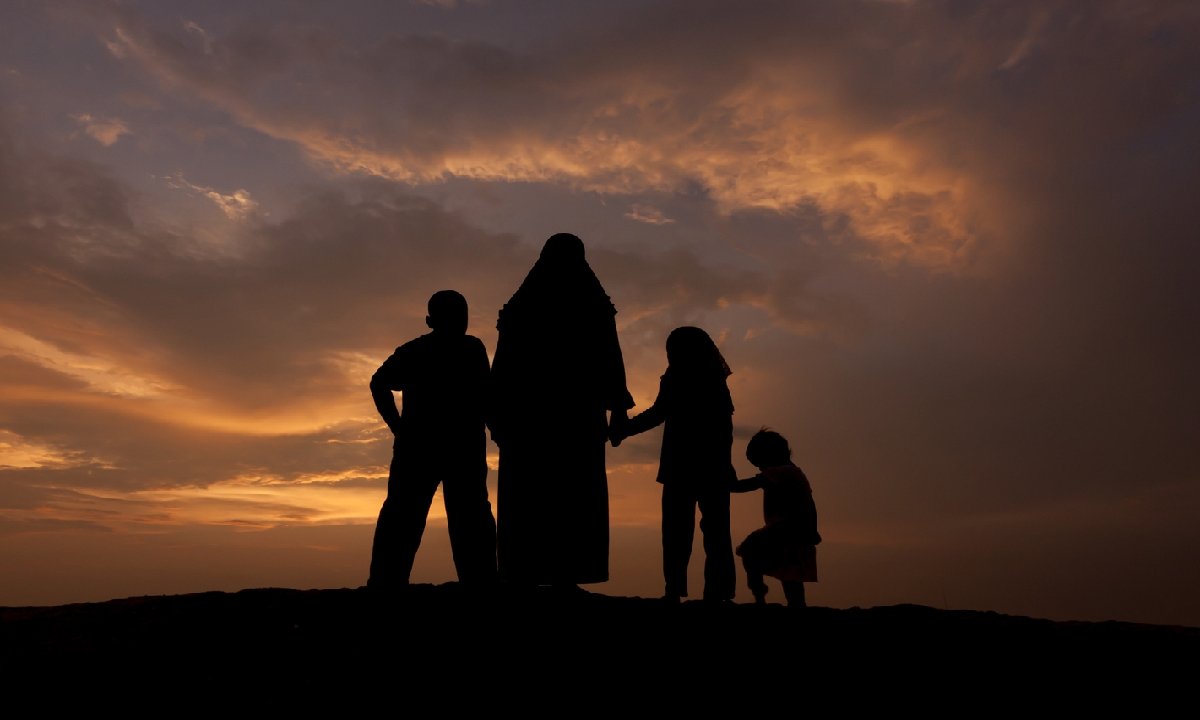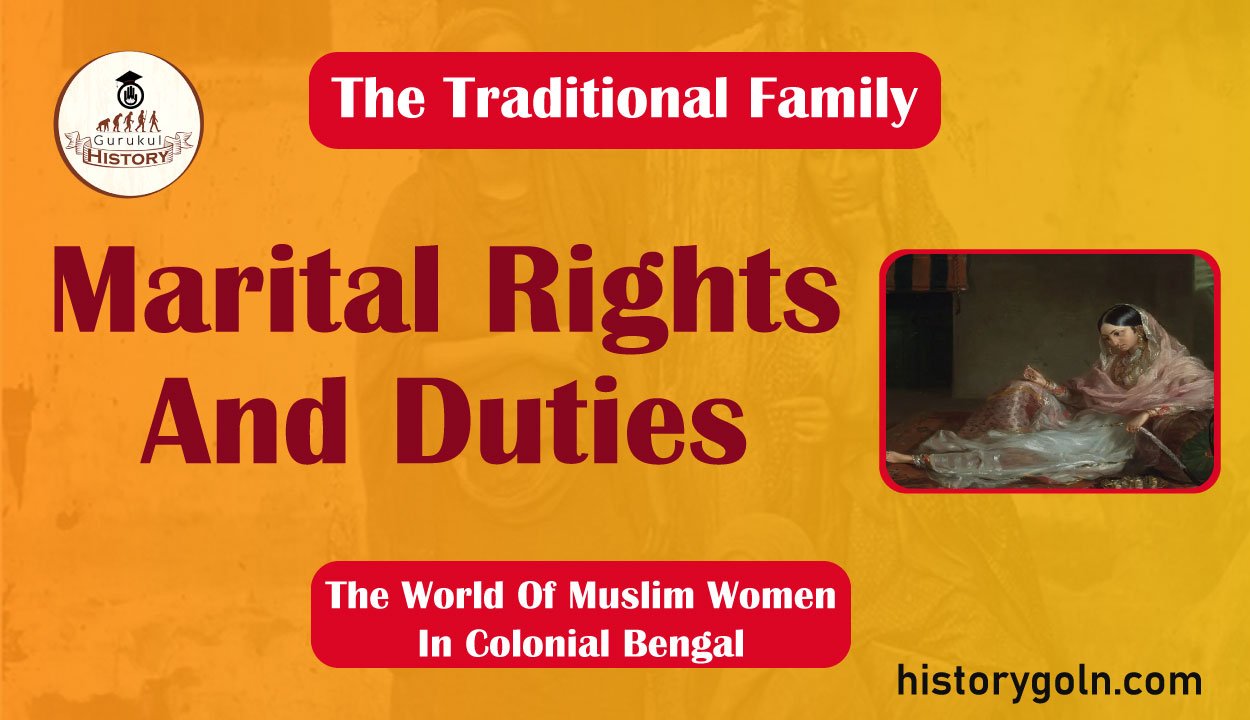Today our topic of discussion is Marital Rights And Duties .
Marital Rights And Duties

In Brahmo as in Islamic discourse, the ideal marriage was possible only if the wife submitted to the husband and considered him next only to God.45 The popular manual Grihinir Kartavya by Annadacharan Sengupta (1884) spelt out marital duties and the wife was instructed to obey rules very similar to those set down in manuals for Muslim women. One of the most important sections in all manuals would be the rights and duties of husband and wife. Besides, contemporary periodicals also abounded with essays on the topic.
Most manuals including Behesti Zewar reported the Prophet to have said that if it were not forbidden in Islam to bow to any other than God, he would have asked wives to bow to their husbands. The Prophet was fur- ther reported, the manuals informed, to have said that if a husband com- mands his wife to carry the stones of one mountain to another, this hard and meaningless task should be performed without query or delay.
According to Thanawi’s manual, the groom’s vows should be to provide wife with food, clothing, shelter, to protect her honour and to treat her kindly. It laid down that a home was the creation of two human beings, but if both went different ways that home could not prosper.
So, the argument of the book went, one had to bow down and accept the other’s wishes, in a sense to be absorbed by the other in order to create one ‘full’ entity (and that one who must bow down was, of course, the wife).

As such the wife must pledge that she would merge her existence into that of her hus- band’s; his children, honour and assets were to be her assets, their pre- servation her duty, 46 The joint vow was mainly sexual wherein couples pledged not to engage in illicit sex; and to maintain sanctity of marriage (honesty for males, chastity for females). Thus was the stage set for the reconstruction of the reformed Muslim woman.
Ghulam Rahman’s Moqsudul Momenin 0 Stree Shiksha, which was just as popular, if not more so than Zewar was in great part an emulation of the classic. ‘Moqsudul Momenin’ listed 35 pieces of advice (‘nasihat’) for the model wife. The salient ones included strict abidance by Godly duties, truthfulness and prayer, purdah, total submission to one’s husband, preservation of his assets, and even forbearance of husband’s chastisement, verbal or physical whether fair or unfair.
Detailed instructions for wifely /domestic duties were laid down which ranged from sexual cooperation to placing the badna (water-mug) in front of him before he asked for it. A model wife’ was urged to exempt her husband from the mohr (This last corroded whatever right the woman had been bestowed by shariat).
Manuals laid down a corresponding list of duties and obligations for men which in the main enjoined the husband to keep the wife in love, comfort and dignity. Women’s rights were protected in that it was declared unfair for a guardian to wed his female ward to an undesirable man.
Unequal matches were discouraged. Child marriage was censured. Dowry was forbidden and women’s right to sexual gratification was acknowledged. A spate of Bengali manuals were popular fare throughout the early 20th century (See Section on ‘Role Models’ above).
Taujihul Adab, a Bengali work written for the “common-folk’, was published from Calcutta in 1924, and its author claimed that his book was an amalgam of classic manuals such as Hazrat Jilani’s Guniyat-ut-Talebeen, Sadi’s Bosta, etc. The ‘Adab’ contained sections titled ‘Bibaho Pronali’ (Marriage Procedure), ‘Sahabash Pronali” (Procedures of Cohabitation, see below), etc.

Nonetheless, it was amazing that the religious tracts and manuals sometimes took the interpretation of the Koran so far that one could hardly discern the link to the original source.
In many places Koranic rights of women were eroded (e.g. exemption of mohr, waiving of the provision of obtaining a clear consent from the bride during marriage, waiving of property rights). It would be unhistorical to dismiss these texts whose readership consisted of a large section of the lay population particularly the middle and the lower middle class.
See more:
